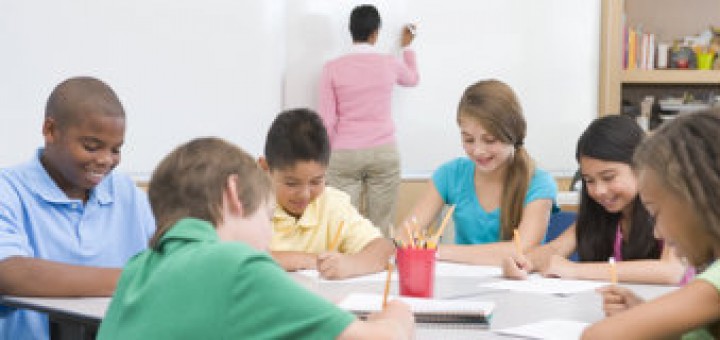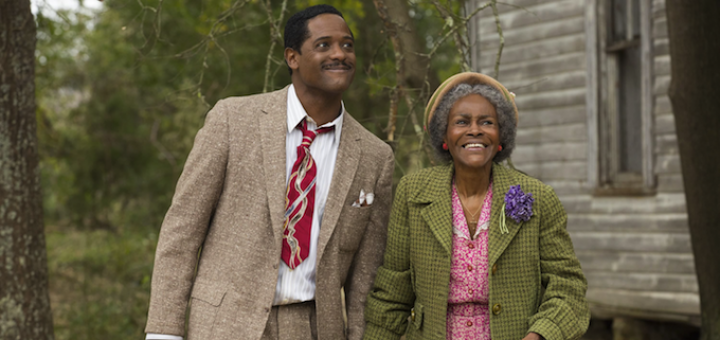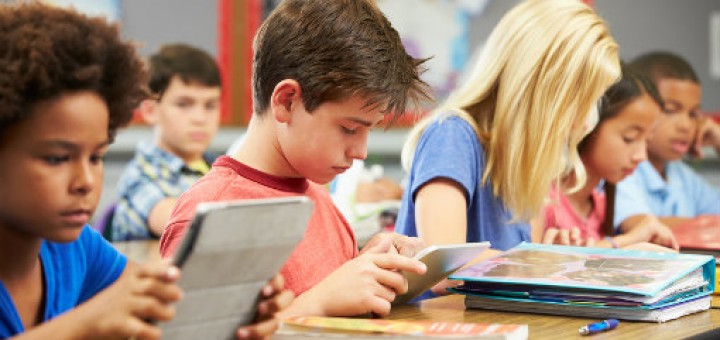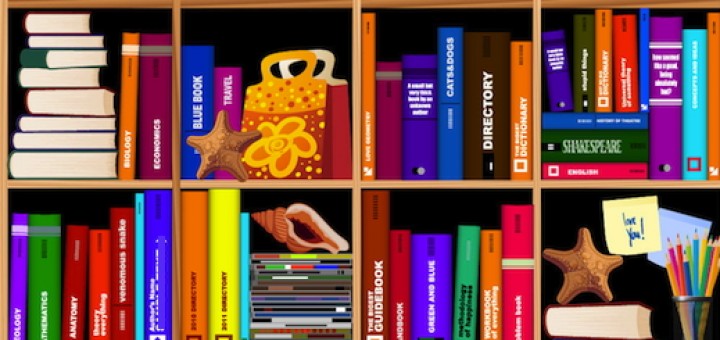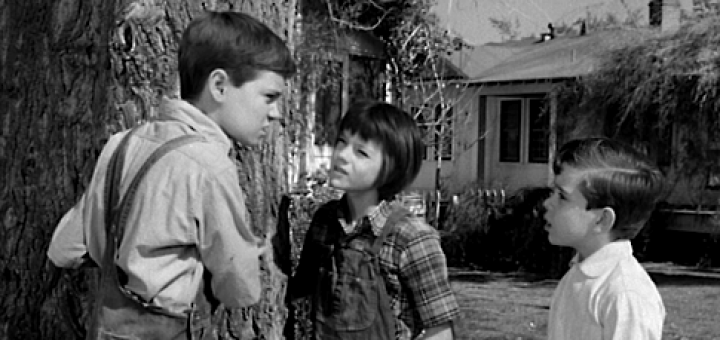Bring Close Reading, Writing & Talking Together
“Close Reading in Elementary School,” by Betsy and Diana Sisson, offers upper elementary teachers a framework for creating lessons; ways to link close reading, writing and talking; a model for gauging text complexity, and a reasonable approach to rigor, says reviewer and 4th grade teacher Linda Biondi.


